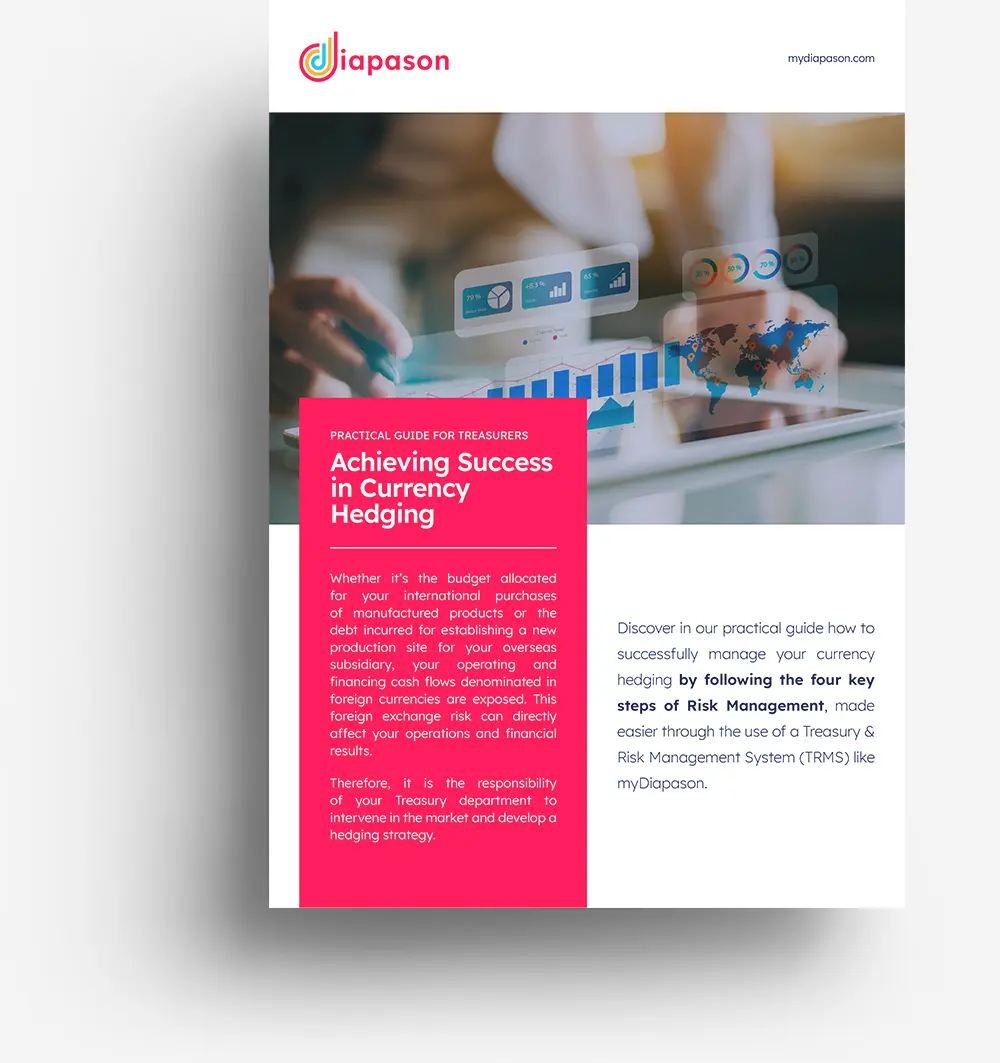Boost Artificial Intelligence in the world of corporate treasury
Provide control tools without replacing the human expertise
Existing techniques are not new. Nevertheless, their democratisation to the treasury business has only found concrete applications to date. It is therefore absolutely necessary to educate people, both on the technical level and on the need to access quality data, as well as on its impacts on human resources. The aim of these processes is to provide tools for control and refinement, but in no way to replace the human expertise.

The two stages of an AI implementation project in cash-flow forecasting
step 1
Homogenize the data
Without doubt the most complex, the first step consists in listing all the necessary data sources (both endogenous and exogenous), cleaning them and finally homogenizing them.
This may involve TRMS (Treasury and Risk Management System), ERP (Enterprise Resource Planning system), the financial consolidation software, bank account statements etc…, for endogenous data. And external sources for exogenous data.
These data must be subject of visualization processes before an advanced analysis phase.
step 2
Modelling
Just as there is no single transformation methodology, there is no single modelling technique. The proposed solution must be able to suggest the most efficient model according to the profile of the data being analysed. Finally, models based on self-learning techniques will evolve as new data are fed into the database.
Beware of exceptional events, such as the COVID-19, or a one-off external growth operation, which can’t be anticipated through a model. The intervention of the business expert is crucial at this level to correct these limitations. It is also essential to have « back testing », and « out of sample » analysis processes (error analysis based on a re-training process carried out on real data) to avoid introducing bias into the model.
EXPERTS’ POINT OF VIEW
Interview of Frédéric Saunier, General Manager of Diapason
Of course, the aim is not to replace the know-how of treasurers and market operators with these technologies, but on the contrary to provide them with control and decision support tools, which, moreover, will limit operational risk and facilitate the performance of certain time-consuming and low value-added tasks.
Key success factors for an implementation project
01.
Success depends on quality of data. According to the popular adage on the world of data science, « garbage in, garbage out »: relying on incorrect data produces an incorrect result. It is therefore absolutely necessary to ensure that the data is complete, cleaned of outliers and redundant values, and that missing data is replicated.
02.
Adapt and transform, but above all involve the business teams. It is illusory to think that the machine will replace human experience. The critical eye of the business expert is fundamental, both in the analysis of the data upstream and in the control or potentially the correction of the results achieved.


